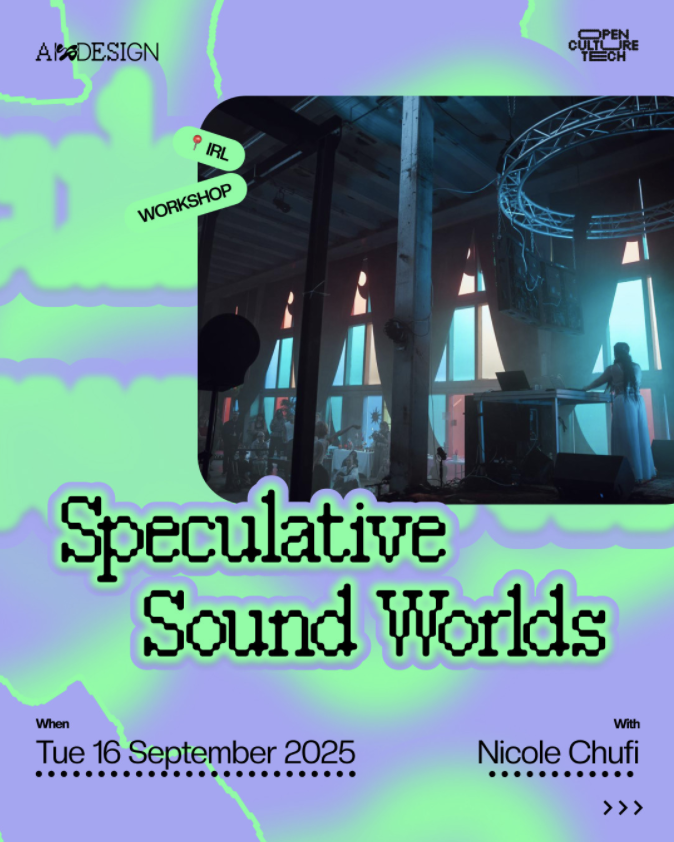
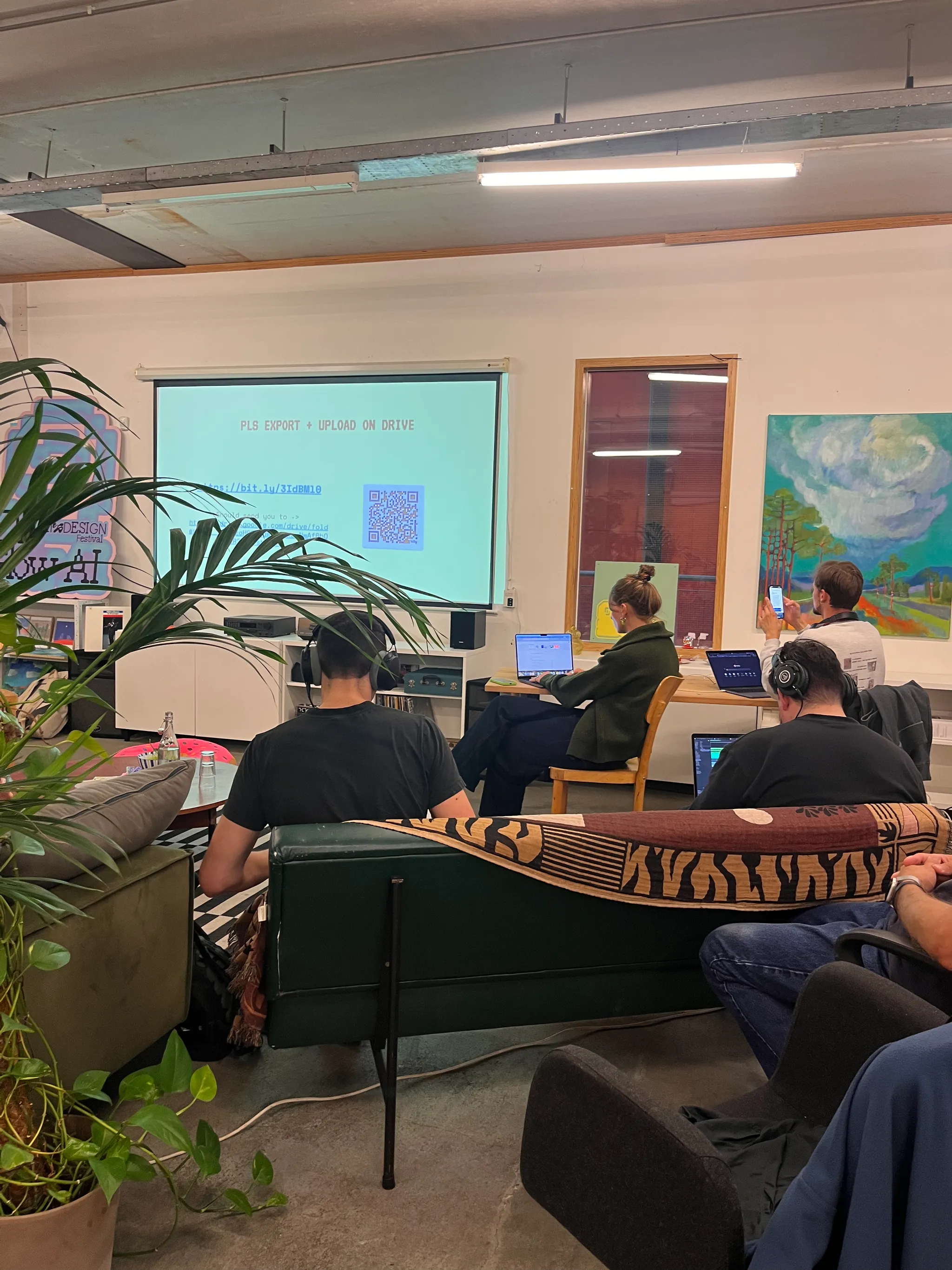
 Speculative Sound World - Workshop [RECAP]
Speculative Sound World - Workshop [RECAP]In September 2025, I hosted a hands-on workshop exploring with AixDesign called "Speculative sound worlds" at The Sphere, NDSM, in Amsterdam.
You can read the full workshop description here.
I tried to bring a unique approach: building backwards from concept to sound - a type of conceptual sonification while treating AI as an "alien collaborator" rather than a replacement.
The session drew a diverse group—from spoken word artists with little music production experience to amateur DJs and interaction designers.
Sound World-Building as Creative Prompt
My methodology centers on conceptual sonification—defining the emotional and narrative framework before touching any tools.
For demonstration, I shared my latest project "Serei@" (Portuguese for both "siren" and "mermaid"), exploring feminine intuition and transformation through an underwater sound world.
Her process involves establishing four elements: Place, Color/Texture, Character, and Movement/Time.
Built on random inputs, the workshop participants chose a conceptual world to collaboratively compose a cyberspace pirate world with blue/striped textures, hysterical/drunk movement, and pirate characters—providing the conceptual foundation for our sound creation.
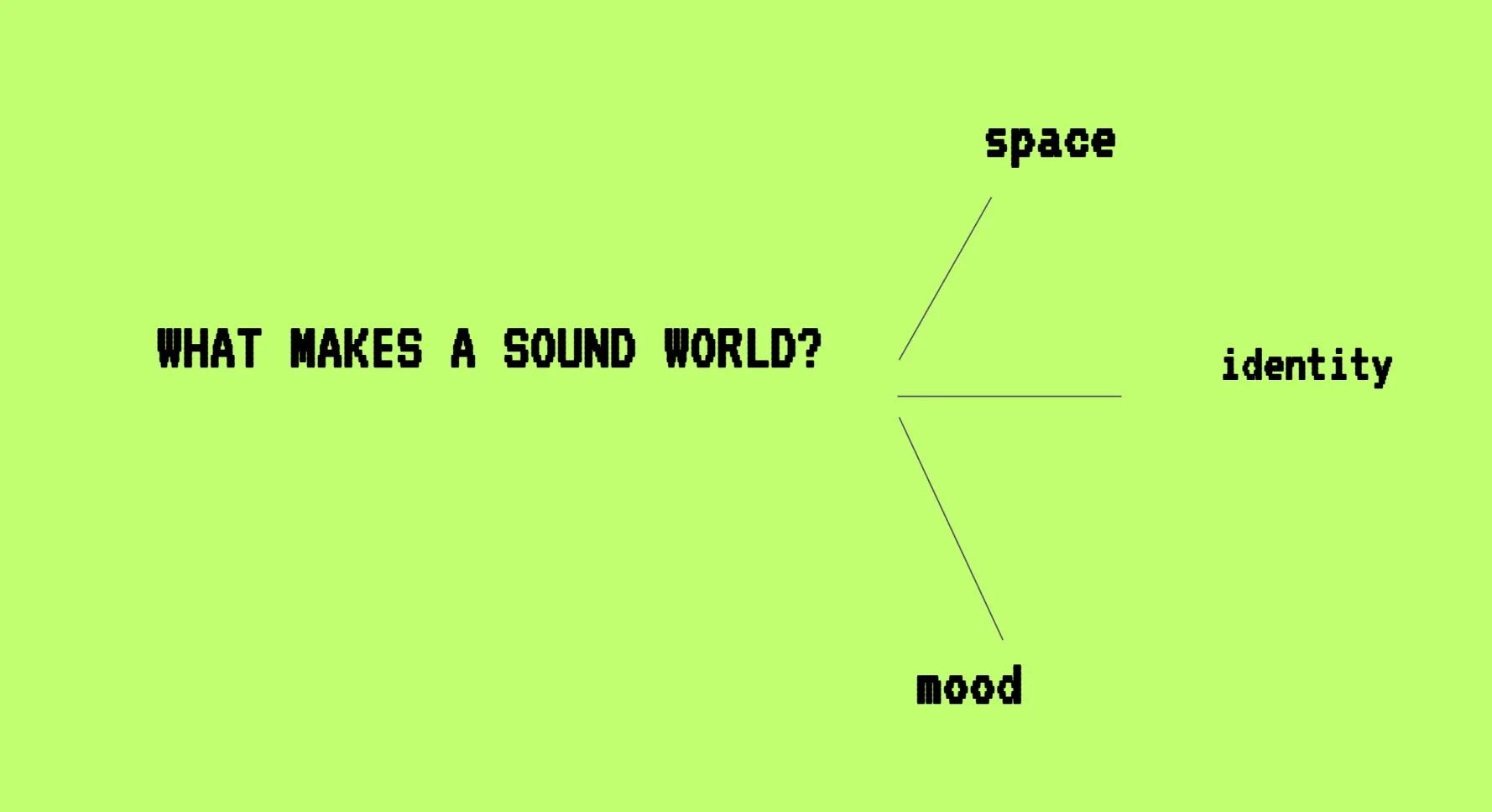
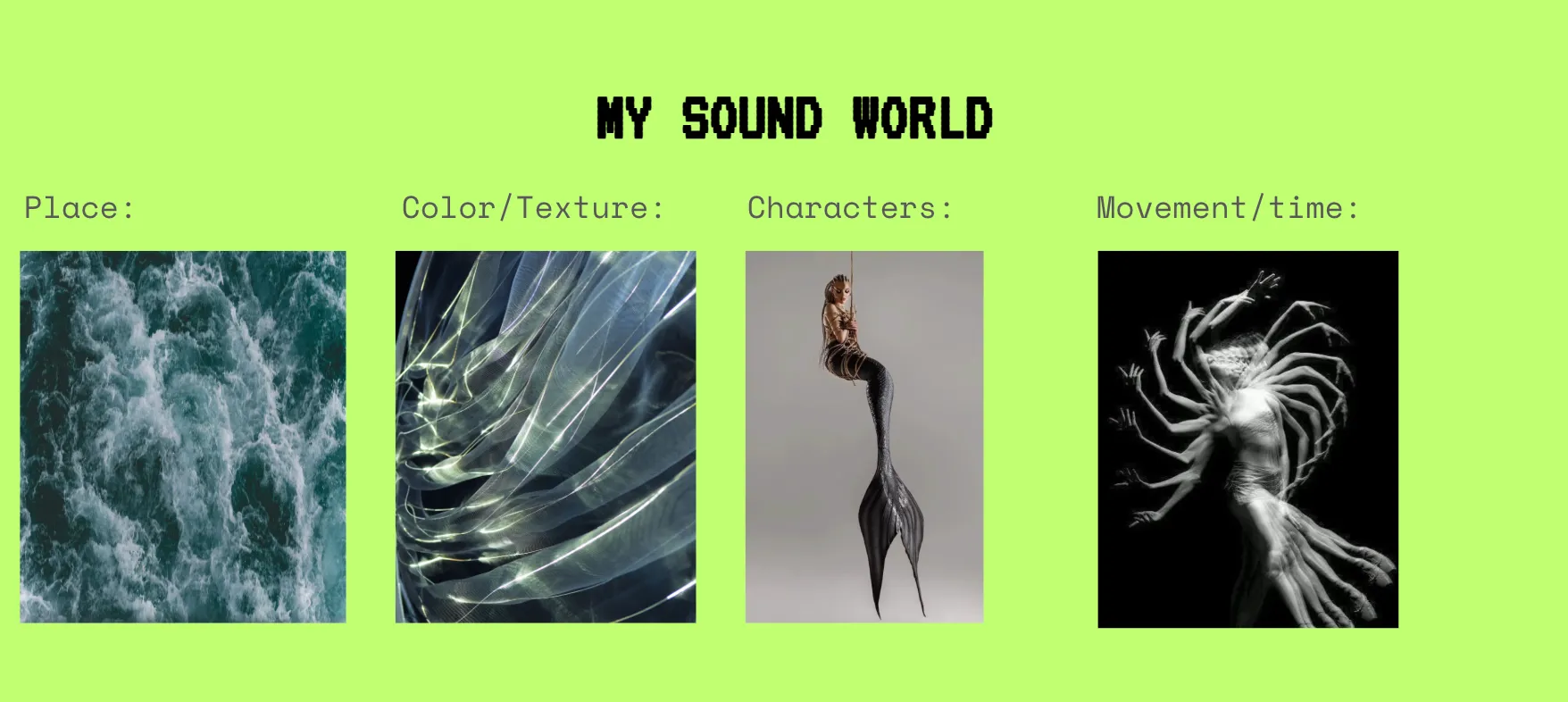
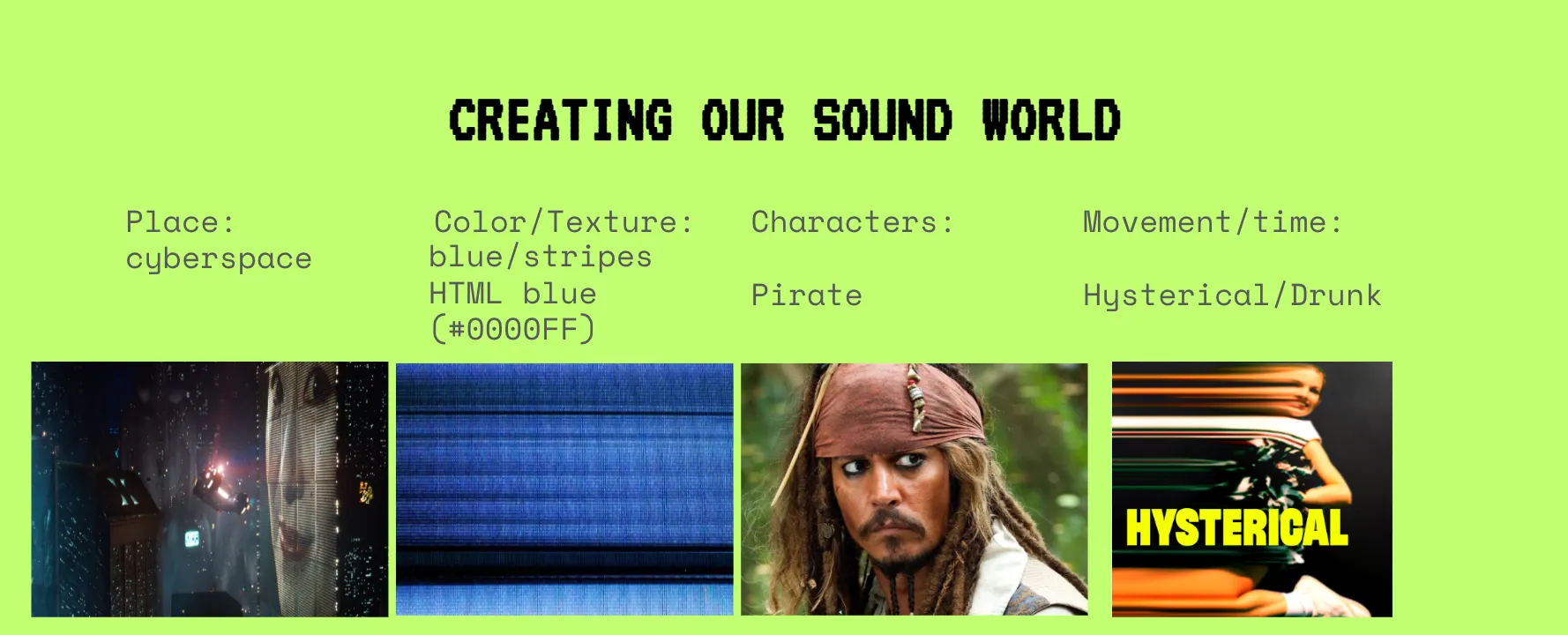
You can see the workshop’s full slide deck here.
Tools & Workflow: Ableton, Neutone, Magenta & More
Participants used AI tools to generate raw samples, then manipulated them extensively with Neutone, Magenta, and Ableton's built-in functions to create unique textures through a chain of effects—what I call "making it your own."
Tools we used:
Primary Production Platform →
- Ableton Live (trial version for accessibility)
AI-Driven Sound Tools →
- Neutone Morpho - Neural audio effects and transformations
- Google Magenta Studio - AI-assisted music generation
- Google Instrument Playground - Interactive musical AI
- ElevenLabs - Voice synthesis and sound effects
Insights & Reflections: On Creativity, Constraint & Remixing
The workshop revealed some interesting perspectives on AI's role in music creation that challenge common assumptions about automation versus creativity.
I positioned AI not as a shortcut but as a source of novel raw materials.
Musicians have always sampled from existing sources, and often used the same ones. Now, rather than using the same 500 pre-loaded samples in Ableton or grabbing drum kits from sites like Artlist or Epidemic Sound, they can create their own samples.
The key insight from me is that AI works best when you "take it somewhere else" through manipulation and sound effects in Ableton through a SFX chain.
“You can use your AI fragments as-they-come - but much more interestingly: take them and manipulate it, distort it, bend it, tweak it, take it somewhere else. TREAT IT - and make it your own"
Current AI audio quality is still a bit granular and needs post-processing, but this becomes an opportunity for creative intervention rather than a limitation.
As one participant noted about tools like Loudly, the generated material felt too polished and poppy initially, but got way more interesting when chopped up and remixed.
Creating music traditionally involves choosing and building sounds “block by block”, but working with AI feels more like starting with a fully built tower and then breaking it down - removing the elements you don't like, or taking certain parts of the tower into your own landscape.
Neutone
The session also surfaced tensions around authenticity that many artists face with AI tools. One DJ/producer initially felt using AI tools was "almost like faking it because it wasn't my own samples," but found value in treating AI as a starting point for extensive transformation. Most of it all it surfaces how very few of us, and especially not creatives, have no interest in replacing human creativity but rather about how to integrate it - if at all - meaningfully into existing practices.
This reminded me of the quote by Ge Wang - Stanford professor and Smule co-founder:
"Why would I want to make a generative music engine when making music yourself is so joyful?".
Participants shared prompting techniques - and particularly how creative contradictions and unexpected combinations worked best for them.
Suggesting speculative sounds, can give ways to new ventures and sound worlds - something "a humpback whale in the forest" while another mentioned "R&B at 140 BPM". Because these sounds don’t exist or aren’t commonly found in the training data, it tends to make make something more strange and interesting to work with.
One producer asked me how I choose from the landscape of effects, tools, and prompts.
“A lot exeperimenting and Trial - but I do have a clear direction going in like ‘mermaids’, 'metallic' or 'woody'." This suggests that especially with AI tools, having conceptual direction becomes ever more crucial for meaningful and original creative outcomes.
ElevenLabs Sound Effects
The backwards methodology proved powerful for participants struggling with creative blocks or limited music experience - providing creative scaffolding without constraining final outcomes. One producer reflected: "I’ve been having a huge writer block since the pandemic... this method of defining place, color, character unstuck me".
Looking at the (false) seemingly limitlessness and addictive design of generative AI tools that can trap you into endless generation, it seems a good time to regularly to remind ourselves of the age-old saying that “constraint breeds creativity”.
Google Instrument Playground
Technical accessibility emerged as a real barrier—requiring Ableton plus multiple plugins plus understanding of the AI functions is something many participants felt we wouldn’t have been able to work through without my hand holding and patient demonstrations.
In the end, everyone created something complete. Regardless of technical background, all participants produced short loops and sonic sketches that reflected the shared pirate cyberspace concept while maintaining clear individual influences.
Listen to all workshop creations in this video →
Sonic sketches made in the workshop. Creators in order of appearance: 1. Anastasiia. 2. Davide. 3. Tom. 4. Nadia. 5. EB. 6. Nicole
What's Next
This was the first in our series of OCT x AIxD workshop series exploring AI for musicians.
The "Speculative Sound Worlds" workshop was hosted by AIxDESIGN and Thunderboom Records as part of Open Culture Tech 2.0, supported by Cultuurloket DigitALL in collaboration with Sound & Vision, Superposition, Wij Doen Dingen, Bureau Moeilijke Dingen, Bedrijf de Liefde, Chagall, and Wesley Hartogs.